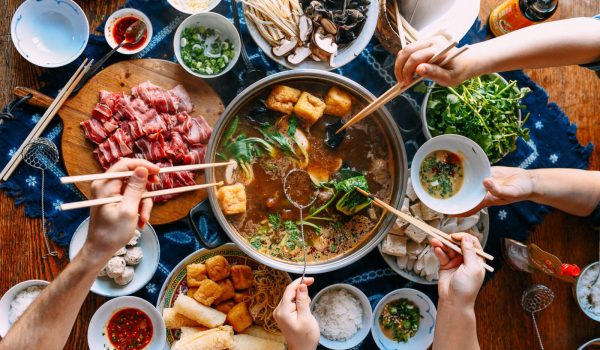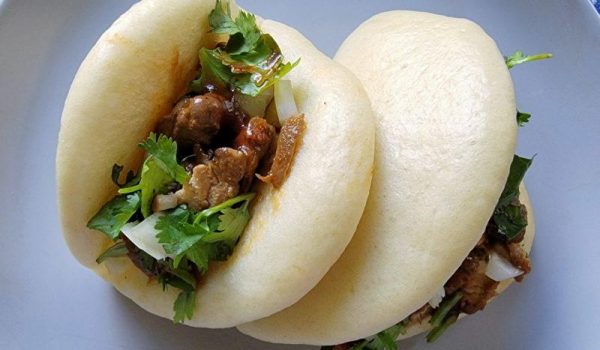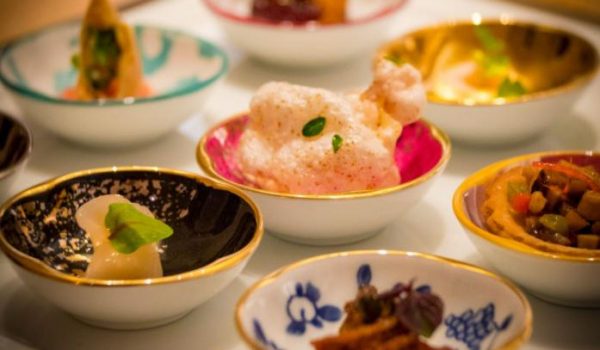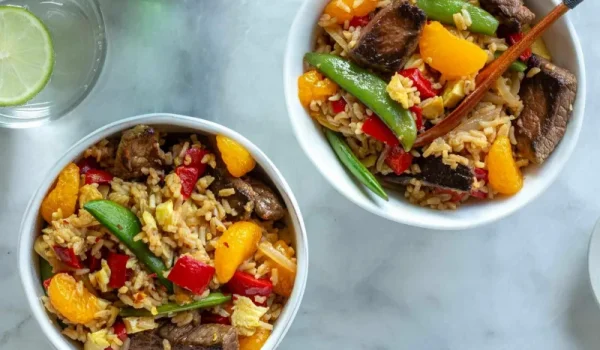It’s no surprise that some of the most popular and slurp-inducing Chinese dishes include chicken chow mein, wonton noodle soup, and beef chow fun. Noodles are considered an important ingredient in just about every part of China, as it should considering that historically, it dates far back to the Han Dynasty around 200 BC. And helping further prove the historical and cultural significance with the country, in 2005, archeologists discovered the oldest existing noodle in northwestern China that was 4,000 years old, made from millet grains.
Each region has their own style of preparation and differs even in the way they produce the noodle. The ingredients, shape and width vary as well. Noodles are named after the type of flour used to produce them. Wheat flour based noodles are “mian” in Mandarin, or “mein” in Cantonese, the basic ingredients being wheat flour, water, and salt. With the addition of eggs, the egg noodles impart a richer flavor and texture and possess a slight golden hue. The ubiquitous sautéed chicken chow mein is made with wheat based or egg noodles. Hong Kong Style chow mein, made with a thinner egg noodles are fried, creating a crispy, golden crust.
Rice flour based doughs are referred to as “fen” in Mandarin and “fun” in Cantonese. “He fen” or chow fun is a flat, broad rice noodle that is commonly prepared by sautéing the noodle with beef and greens. Noodles can also be made with a mung bean or vegetable base. Egg is never added to this type of noodle. Typical preparations of the mung bean noodle include sautéeing with chicken or beef, soups, and hot pots.
It may be surprising, but the wonton belongs to the noodle, not the dumpling family. Made with wheat flour, recipes call for stuffing the noodle like a dumpling and for steaming, or boiling them in a soup. Popular wonton dishes include boiled wontons in chili oil and the ubiquitous wonton noodle soup.
There are a variety of ways to make noodles. They can be cut, extruded, or kneaded, similar to Italian pastas. But they can also be hand shaved from a ball of dough, or pulled –rolling the dough into a long rope and stretching and twisting repeatedly resulting in thin strands. There even exists a wheat noodle directly translated as cat’s ear, perhaps the predecessor to the Italian orrechiette.
The wide variety of Chinese noodles and their preparations provide an endless array of dishes to explore and relish.
Find your perfect noodle dish at China Live this season!







